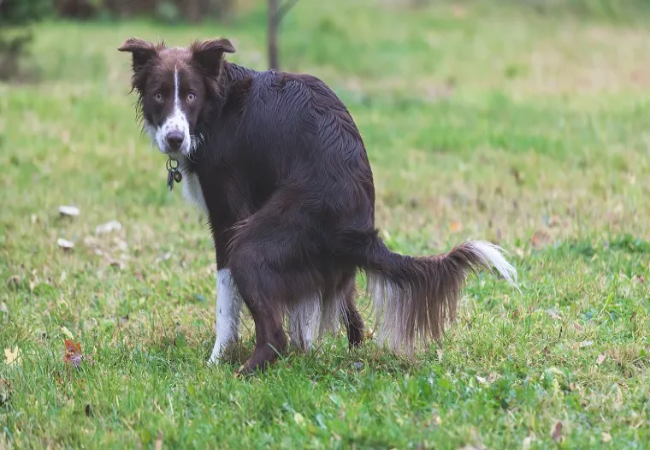Vet Dual Guide to Clostridial Enterotoxicosis & Food Reactions in Dogs 2025 🐶🩺

In this article
Vet Dual Guide to Clostridial Enterotoxicosis & Food Reactions in Dogs 2025 🐶🩺
By Dr. Duncan Houston BVSc
Clostridial enterotoxicosis occurs when toxin-producing Clostridium perfringens overgrows in the intestine, triggering diarrhea with mucus or blood. Meanwhile, dietary reactions stem from food intolerances (non‑immune) or allergies (immune-mediated), leading to vomiting, diarrhea, gas, weight loss, or skin signs like itching.
📍 Causes & Risk Factors
- C. perfringens toxins: Triggered by raw/spoiled meat, decaying vegetation, stress, kennel stays, or sudden diet shifts.
- Food reactions: Intolerances due to additives, lactose, or protein poor digestibility; allergies to proteins like chicken, beef, dairy, wheat, soy.
⚠️ Clinical Signs
- Clostridiosis: Acute or intermittent diarrhea with mucus/bloody stools, frequent urgency, flatulence, abdominal discomfort, and possible vomiting.
- Food reactions: Main signs include diarrhea, vomiting, gas, abdominal pain, appetite/weight changes, and in allergies—itching, ear infections, and paw-chewing.
🔬 Diagnostic Approach
- Clostridiosis: Clinical history, exam, and confirmation via fecal toxin assay or PCR (culture alone is not enough).
- Food reactions: Diagnosis via diet elimination trials (8–12 weeks), switching to novel or hydrolyzed protein or simple diets; test for intolerances like lactose.
- Concurrent evaluation with bloodwork, fecal panels, parasite testing, and imaging as needed for both conditions.
💊 Treatment & Management
- C. perfringens: Fluids for rehydration; antibiotics (amoxicillin‑clavulanate, metronidazole, tylosin, or ampicillin) for 5–7 days; high-fiber, pre-/probiotic diets using psyllium or fermentable fiber.
- Food intolerance: Avoid offending ingredient(s); transition to bland/simple diets; lactase supplements for lactose issues.
- Food allergy: Implement a strict elimination diet trial, then provocation challenge; maintain a hydrolyzed or novel-protein diet long-term.
- General supportive care: maintain hydration, probiotic supplements, and clean environment to reduce reinfection.
📈 Prognosis & Monitoring
- Clostridial enterotoxicosis: Usually resolves in a week; chronic intermittent cases need ongoing dietary adjustments and may require deeper GI workup.
- Food reactions: Intolerances often manageable; allergies require strict diet vigilance as reactions recur if the trigger is reintroduced.
- Follow-up includes periodic fecal/toxin tests for clostridiosis, post-diet re-challenge trials, and monitoring clinical response.
✅ Dr Houston’s Clinical Tips
- 🔍 Ask about diet, boarding, raw food, stress or antibiotic use with chronic/intermittent diarrhea.
- 📲 Use fecal toxin testing early for accurate diagnosis of C. perfringens.
- 💧 Begin fluid therapy early in diarrheal cases to prevent dehydration.
- 🥗 Trial fiber and probiotic diets to manage microbiota in both conditions.
- 📝 Use enforced diet trials with clear owner instructions—no free feeding, treats, or flavored meds.
- 🧼 Encourage hygiene: clean bowls, wash bedding, sanitize environments to prevent reinfection.
If your dog has recurring diarrhea with mucus/blood, gas, or itching—especially after diet changes or boarding—consult your vet or reach out via AskAVet.com.






